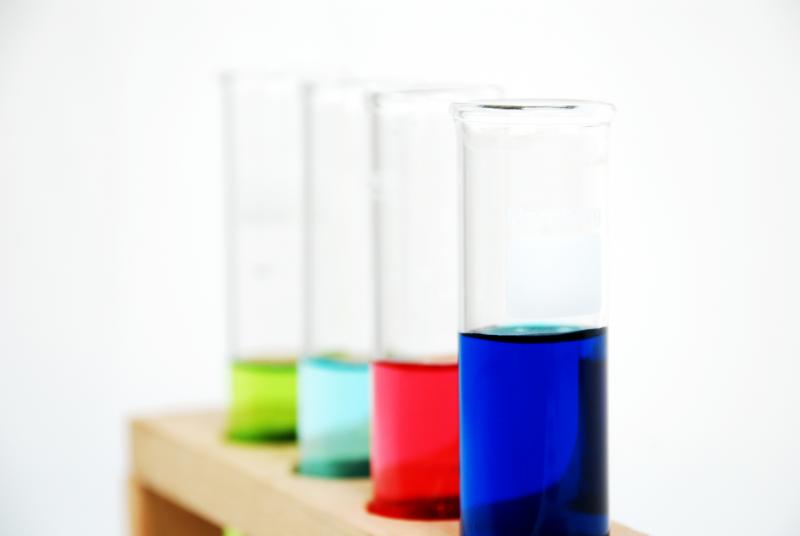
Two-thirds of scientists advising the EU on controversial substances have industry links
New research on the safety assessment of four controversial chemicals shows that two thirds (67%) of the scientists involved had at least one, and some many more, conflicts of interest due to their links to industries impacted by the assessments. The substances assessed included endocrine disrupting parabens and DNA-damaging titanium dioxide – in nano-form. All are already widely available on the market.
A new report by Corporate Europe Observatory released today, Chemical conflicts, reveals the inadequate independence policies of the Scientific Committees under DG SANCO, the European Commission's department in charge of consumer issues. The Committees assess the risk to humans and the environment of chemicals found in a huge range of everyday items, from shampoo to baby bottles. Their opinions guide European Commission regulators, who decide which chemicals are safe and at what levels, and which should be banned. Not correctly regulating such chemicals could potentially cause great harm to human health and the environment, but any regulation could also have serious commercial implications.
Corporate Europe Observatory's Pascoe Sabido said:
“Judging the potential risk of substances like endocrine-disrupting parabens can have a huge impact on whether we enjoy a healthy life, a healthy environment or even the healthy development of an unborn baby. But these assessments don't just affect public health, they also help dictate the financial fortunes of companies involved in producing and using the substances. This means that the independence of the scientists providing the expert advice needs to be above and beyond any suspicion of industry influence – which is not the case”.
Having gone through the annual declarations of the interests of all 57 members involved in the scientific committees' opinions on the four substances examined (parabens, nano titanium-dioxide, nano silver, and mercury dental amalgams), two thirds (67%) of the scientists were found to have links with industries with a direct or indirect interest in the assessed chemicals. Declarations include well-known corporations such as pharmaceutical giant GlaxoSmithKline, chemical behemoth DuPont, and consumer goods heavy-weight Unilever.
The most common conflict within the declarations forms was working in a consultative or advisory role for industry, meaning direct payment to the expert – or in some cases their research institution – for services to those companies whose products were regulated following the scientific committee opinions.
Sabido said:
“A narrow conflict of interest policy and insufficient resources for screening and cross-checking has seriously undermined the independence of the Scientific Committees. To ensure the assessments produced live up to public expectations, DG SANCO needs to seriously examine how its processes and procedures can be reformed. This includes immediate changes, like broadening their definition of a conflict of interest, as well as longer term goals such as increasing the involvement of independent public scientists in risk assessment and ultimately ending all links between industries and the safety assessment of the products they produce.”
The authors assessed not just how well DG SANCO lived up to its principle of independence, but also of excellence and transparency. Interviews with DG SANCO, scientists serving in the Committees, scientists following the Committees' work and public interest groups highlighted some worrying flaws. 1. Recommendations for fully meeting all three principles are provided in the report.
- 1. These flaws include: a lack of diverse scientific disciplines; stopping scientists drafting opinions from expressing minority opinions; huge variation in the level and quality of stakeholder dialogues; inconsistent and/or non-transparent ways of collecting and using evidence.
